The secret of kitchens in rustic style – comfort. In megacities we are surrounded by ultramodern design: the style is taken up by architects who unashamedly introduce glass and metal monsters in historic city centers, by furniture manufacturers who focus on functional and comfortable, but somewhat soulless forms and, of course, by manufacturers of household appliances.
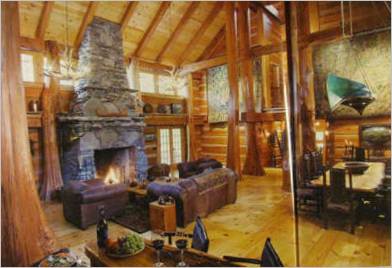
However, the latter can forgive this – TECHNOLOGY! Have you ever noticed that expensive and even not the most expensive restaurants and cafes almost never have high-tech interiors?? Classical style, Art Nouveau, Asian motifs, very often rustic – anything but hi-tech!
Why so? The answer is very simple: because in most cases people come to such places to relax: to meet with friends, chat, relax. And you have to have the proper atmosphere for that – cozy, friendly and allowing you to thaw out at least a little bit and get out of the perpetual tone of life in which big city residents stay a priori.
Tired of glass and metal?
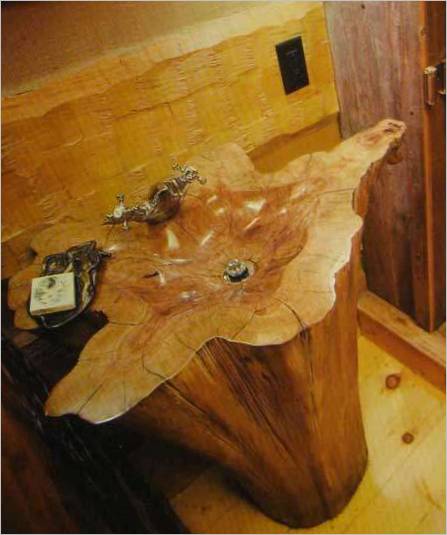
The rustic style does not tolerate modern materials: no chipboard, MDF, plastic and only noble natural wood, even the veneer and laminate are used rarely. The most faithful to the style manufacturers offer not just wooden shelves and fronts, but whole wooden furniture.
Pine, beech, birch, cherry and oak are favorite and most frequently used materials. Metal is another important style element. Copper preferably with patina , brass, cast iron, bronze, silver and melchior, blacksmithing, forging, rarely chrome finishes and details, can often be seen in rustic kitchens. Stainless steel, aluminum and plastic have the right to appear in this interior only with the permission of the designer.
“A man’s beauty is more visible in his wrinkles…” – thought one famous movie character and was right in his own way: at any rate, small appearance flaws, given by the time, certainly can add charm and emphasize the individuality.
Have you ever thought that it is wrinkles, folds, dimples and other small things that add emotionality, softness and make a face look really human, and that smooth, “new”, pulled-botox faces sometimes lack soul and expressiveness??
Precisely the same is the case with the interior: even in ultramodern interiors sometimes one wants to see something alive and spiritual. But both youth and well-gained old age have their secrets. The rustic style may seem “untreated” only at first glance. In fact, almost all materials of which furniture is made are subjected to a special “ageing” treatment.
Brashering
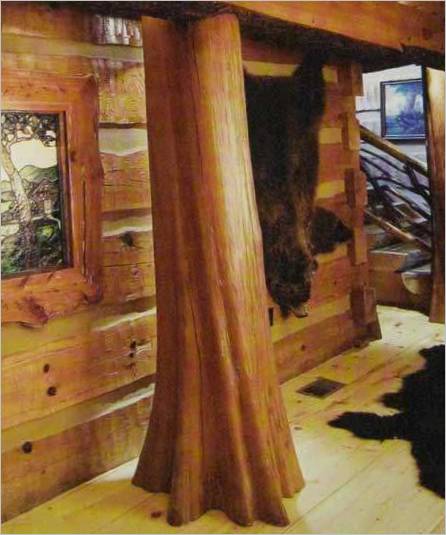
Brash means “brush”. Actually, it is the special brush that partially removes the soft fibers from the upper layer of wood, so that the structure of the annual rings shows up on the surface of the tree.
You can see the same thing in really old furniture – time affects the material in a similar way. For brushing, the most suitable shapes are large boards, from which shelves, beams or tabletops are made, and the furniture – tables, chests of drawers, cupboards.
Oak, ash, walnut, larch and wenge lend themselves most successfully to this treatment, while beech, maple, pear, teak and cherry trees are completely unsuitable for it.
Of course, after brushing the wood surface needs some additional treatment – wax, varnish, paint, etc. p.
In addition, designers are very fond of brushed surfaces for the wide possibilities of multilevel toning: the basic wood can be of one color, the manifested “rings” and pores of another. Only your imagination can limit the palette! Tinting must be completed by surface treatment with lacquer.
Patination
After brushing, pores open in the wood and dyes can penetrate deep into them. Furniture treated with patination paints looks very impressive: they perfectly emphasize the surface relief and the natural beauty of wood, give a kind of “patina of the time” and a truly luxurious look.
This treatment is carried out by a special technology, which must be exactly observed. If desired, it can be mastered independently: the first stage – priming, the second – painting in the basic tone, then – the application of patina: when performing it independently, it is better to do it by hand, while the masters use pulverizers.
After that it is necessary to Dollars patinizing composition into hollows, grooves, pores and remove surplus paint. The final touch is the application of a transparent fixing varnish.
Cracklejack
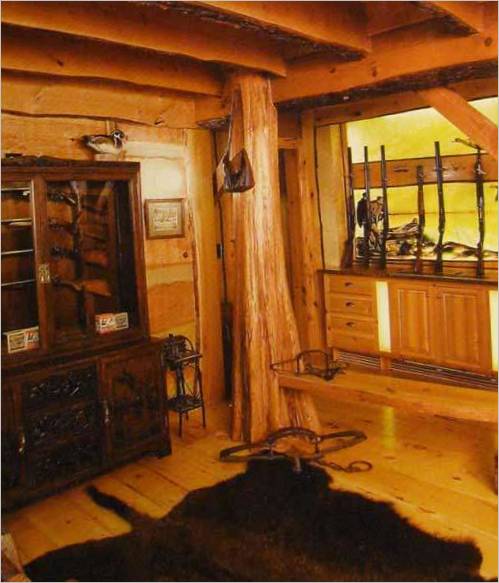
The French word “craquele” means “cracking” but don’t worry – you won’t have to spoil the wood surface.
If you want to create a fine mesh on the front of the furniture to imitate the cracks that have appeared over time, you can use krakeluren varnish. Not only it won’t spoil it, but on the contrary it will protect the furniture from external influences: moisture, steam, scratches, children’s naughtiness and inevitable “kitchen” pollution.
Stain
A simple, proven way to give the furniture a deep color, emphasize its structure, and at the same time maintain its naturalness.
Different colors of stains will help to achieve the necessary rustic effect: highlighting light and dark layers in the structure of the tree. This treatment allows you to do without inexpensive wood, but to paint fade it under a more expensive variety – oak, cherry.
Imitation wormholes
This method of artificial aging of wood is very popular, but difficult to perform, so the “bugs” gnawed holes are better left to professionals or to buy the furniture, already “corroded by time.
In general, it’s important not to “go too far” with the antique effect. Choose one – then the furniture will look beautiful.
Kitchen-dining room
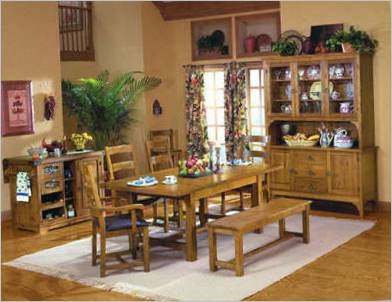
Rustic is characterized by monumentality, so it requires a significant area of the room. A spacious kitchen-dining room is the most correct option.
In a small-sized kitchen furniture in this style is likely to “eat up” the space: instead of lightness, lighting, lightness and functionality, so necessary for the Soviet-style 6-8 square meters, you can get a heavy even just visually design that will “push” its self-sufficiency.
Not tableware, but utensils
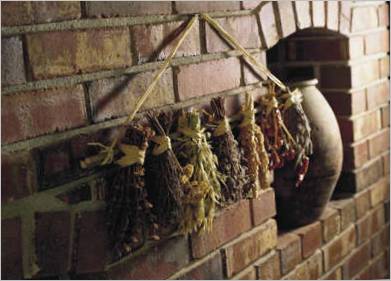
Rustic – a complex style, it does not tolerate miscalculations. This can be any mismatch: improperly selected curtains, fixtures, fittings, dishes. Especially the crockery!
And if the question with plates, cups, sauces and cutlery is solved quite simply – the choice is huge, and to buy utensils in the classical style which is in this case is the ideal solution , the choice is great!It is not difficult to buy classic style cookware Hansa , but the pots and sauté-pans are hard to choose.
After all, even if you have inherited from grandmother pots, jugs, griddles and samovars, they are only useful as interior decorations. And here’s an ordinary kettle yes, that’s right, the one you put on the stove , not an electric one, but a classic shape! in a rustic kitchen is more than appropriate. Even as a decorative element. And if you’ll meet an antique cast-iron coaster somewhere, grab it and bring it into the kitchen immediately!
Not just appliances, but built-in
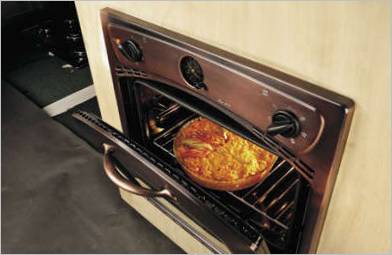
Built-ins are the ideal and only correct solution in this case. Rustic furniture is quite expensive, and freestanding appliances in other styles can negate all efforts to create a rustic interior.
However, there are appliances that can not be “hidden” behind panels and doors: hob, oven, kettle, and, of course, sink and faucet… Many manufacturers of home appliances include in their range models that either exactly match the rustic style or are quite able to fit into it.
The most popular colors are black, chocolate, and copper, but you can also come across dark grey, anthracite, and cream – in a word, to suit all tastes. Handles and switches are made of metal, giving the appliances an expensive, distinguished look. There is always a decorative finish to the details – for example, the oven door glass is decorated with an original frame, the oven handle is necessarily curved, and the timer or thermostat will look like an antique clock with a round dial.
Whirlpool offers a collection of built-in appliances Rustic. The sleek lines of the cooking ranges and ovens hide quite modern technical equipment: the oven has a defrosting mode, a turbo-grill for baking large cuts of meat, convection and bottom heating.
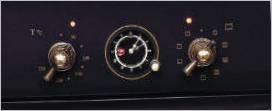
Special mention should be made of a very old English stove brand, AGA. It looks not just stylized, but a real old-fashioned technique. Naturally, very functional and reliable – as expensive as they are.
The hood can be either built-in, fully hidden behind a wooden panel, or stylized: the arsenal of any major manufacturers of kitchen air-cleaners includes appliances that look like a “hood” over a rustic stove: you just need to choose “your” tone of wood or made “in wood” edging.
As a rule, such models are included in the “rustic” or “country” collections, such as ELIKOR Villa, Arcade, Bylina and Rotunda models or FABER hoods Agora, Ranch and Cottage.
It is much more difficult to find something suitable in style among small appliances. The leading manufacturers don’t have special lines or design series, and it would be quite difficult to combine a rustic style appliance with a similar set of small appliances from another manufacturer: everything is good in moderation.
Roman Relatives
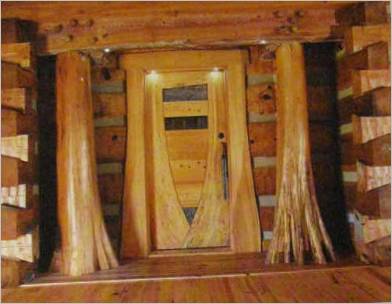
Rustic or rustic – a term of architecture and in literal translation from Latin “rusticus” means “rustic,” “rough”, “unwrought”. The so called unusual masonry work on the outer walls of buildings, portals, and window apertures with square stones, tightly pressed against each other, where the front side is either not hewn or very roughly hewn.
In particular, tuff, a limestone with a porous, water- and wind-eroded structure, was used. Rustic as a method of cladding has been known since antiquity: in Rome it was used to decorate the lower parts of buildings and give them a massive look.
The style was later revived in medieval Tuscany, Florence, and other Italian cities. Natural untreated stones have sometimes been replaced by stucco fakes, but the idea remains the same: simplicity and a rough, natural feel to the building’s décor.
Architectural style rustic smoothly flowed into smaller forms: gradually the idea of rough, specially aged finish began to be implemented by interior designers. The main field of activity for their creativity is of course the kitchen, and the main construction and finishing material here is not stone, but wood.
Country style – not a competitor?
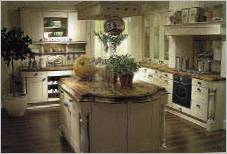
If you have a small kitchen, but very much want to use for its design rustic choose furniture in the lightest possible color – it visually “extends” the space, be sure to use for the doors of the facades of glass inserts. Colored wood toning will make the kitchen more fun, friendly and open.
By the way, the furniture does not have to be made in the same color: let the bottom cabinets and top shelves contrast in color eg, brown bottom and top of a sea wave or smoothly combined eg, olive and beige fronts .
Ornaments and paintings also liven up the interior and draw attention not to crowding but to beauty.
Either zone or levels
Rustic elements can go well with modern materials and forms: but only a specialist can achieve a good result. The space is divided into zones or levels, and one or two of them can be in the spirit of antiquity, another one can serve as a smooth transition to modern reality, and the filling for example, technical can be completely modern.
Called the buffet and grandmother’s chest
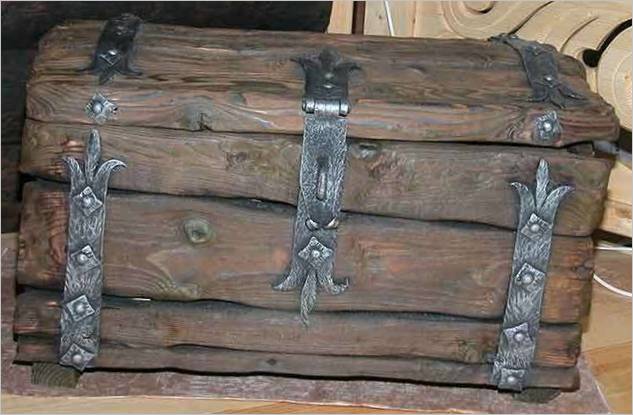
In a rustic space fit perfectly freestanding pieces of furniture. It can be a sideboard, a mullion, a shelving unit, a large work or dining table, depending on the size of the room. Grandma’s trunk, or some kind of caddy or a wooden barrel will also do.
A bench or a wooden sofa will help to add a rustic touch to the interior. They don’t have to be bulky and long – their role is not to be functional, but to create comfort.
Luminous antiquity
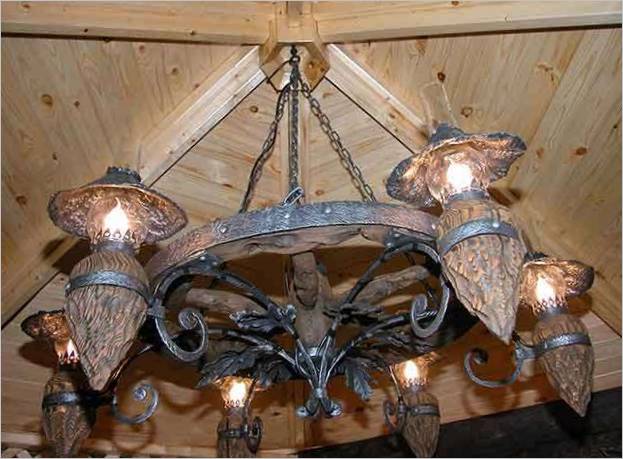
In other kitchen styles, the ceiling is mostly used to distribute different light sources. Large kitchens rustic often decorated with beams on the ceiling of aged or simply stained wood.
They can play not only a decorative, but also a functional role: to divide the room into zones, to serve for hanging different items. Of course, they are often mounted and additional lighting.
Beams can both lie and stand
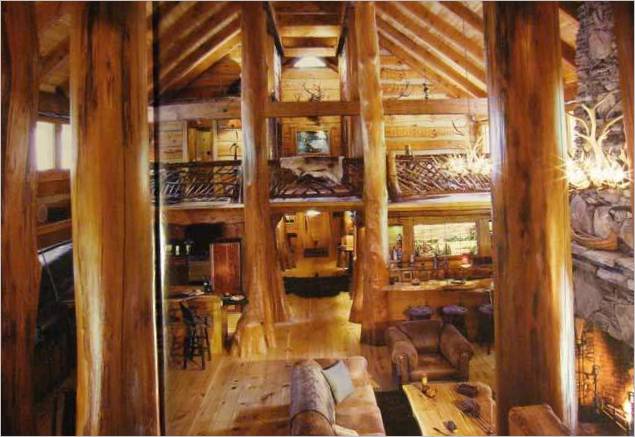
Beams, by the way, can be not only the ceiling, but also vertical – you can decorate the walls or corners with them. Consoles that serve as supports for beams and shelves look spectacular: they give the interior a charming old-fashioned look, especially if they are made of wrought metal, bronze or aged wood.
The best place to find interior objects for a rustic kitchen-dining room is at an antique store or flea market. Antique clocks and old scales, candlesticks and wall plates, nutcrackers and mortars, crackers and napkin holders, linen tablecloths and lapel pins – well, there’s little that will please and warm the soul ..
Retro-style comes in crockery
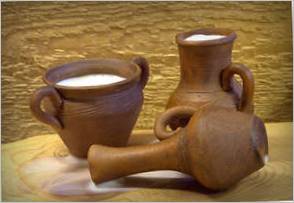
For such a kitchen, don’t buy shiny or enamelled crockery, such as uncoated stainless steel. The first option can destroy the atmosphere of antiquity with its proudly protruding technology, the second – to introduce notes of Soviet or depending on the color and shape European retro-style. Eclecticism is not a bad thing, but only when done by professionals, and it’s very easy to miss.
Looking for a classic kettle
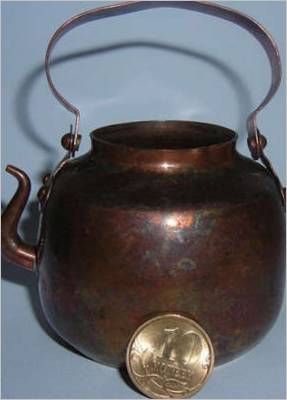
The main thing when choosing the design of small appliances – focus on the classic style: correct forms, clean deep noble colors. Beware of “cheerful” blue, peach, and lettuce plastic teapots and disco-style toasters: the aesthetics of the 80s are irrelevant in a luxury rustic kitchen.
Appliances in retro-design of 40-50’s or 60-70’s may look absurd in the kitchen “for old times”, according to the expression “that – but not that!”and clearly dissonant with its surroundings.
Even hi-tech appliances are less “dangerous” for a vintage atmosphere: a sharp design contrast is always better than such annoying inaccuracies.

What are some rustic kitchen design ideas and tips to bring a touch of old age charm and fun into my own kitchen?
What are some fun and creative ways to incorporate a rustic style into the kitchen while maintaining a functional and modern space?